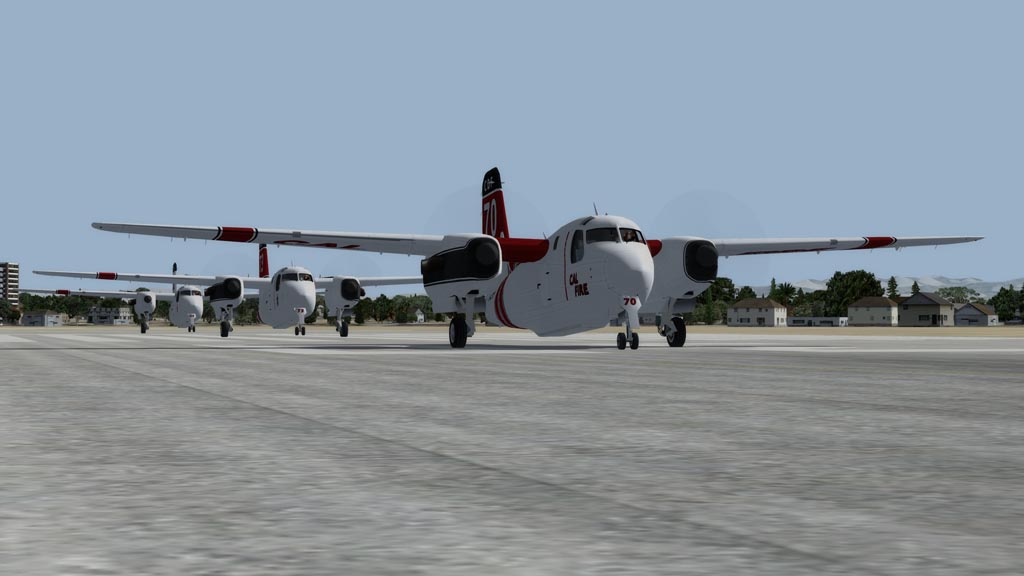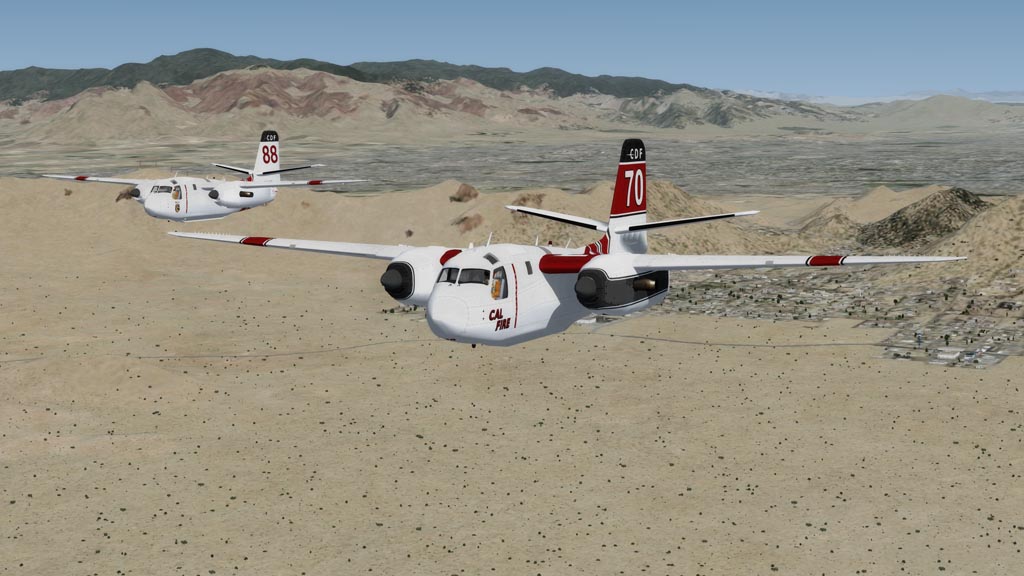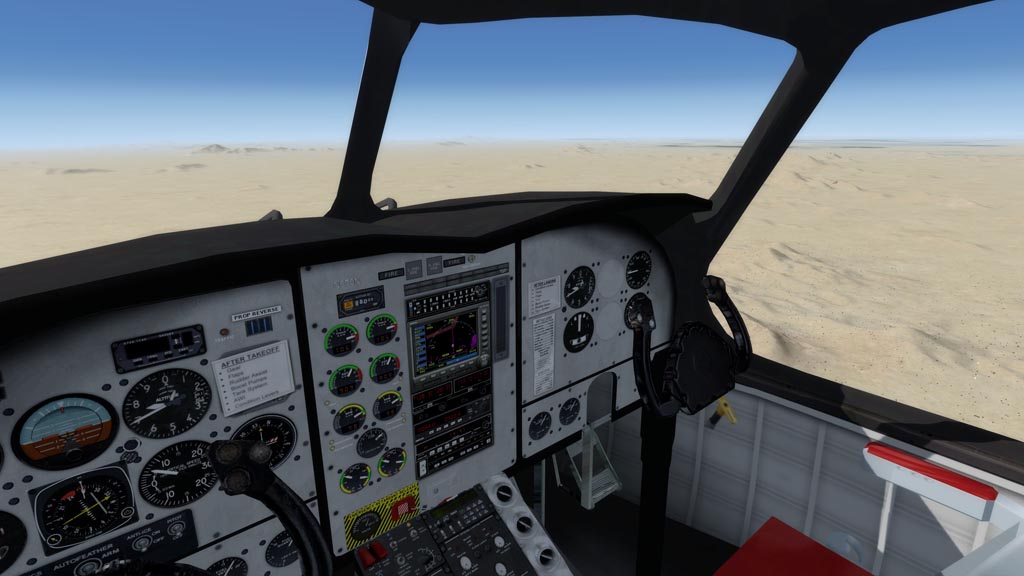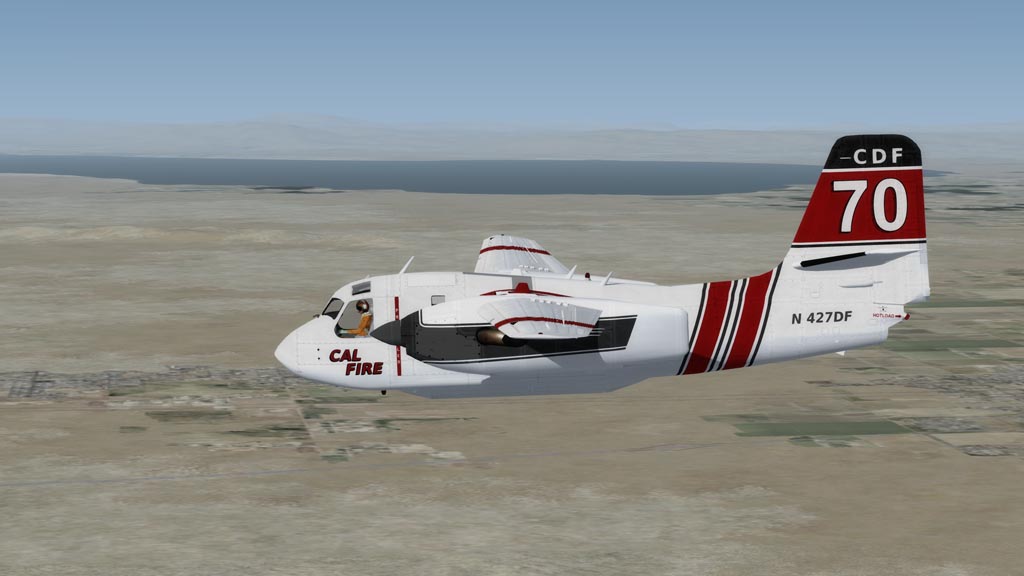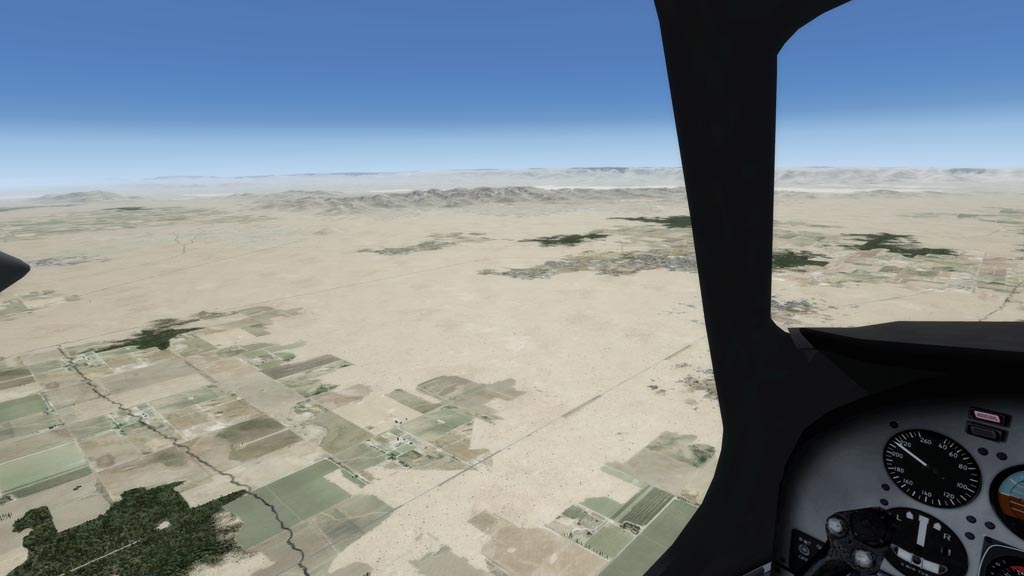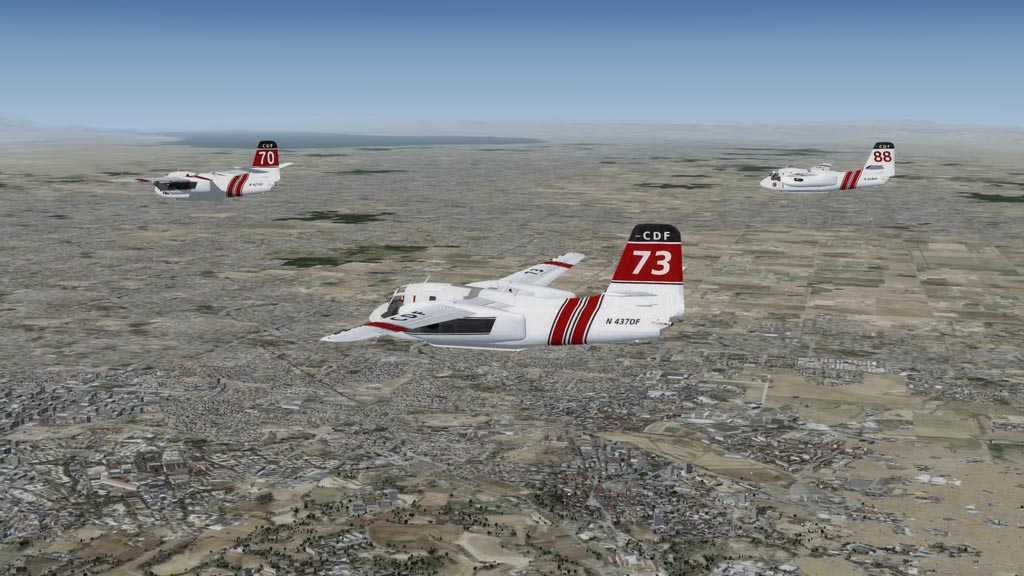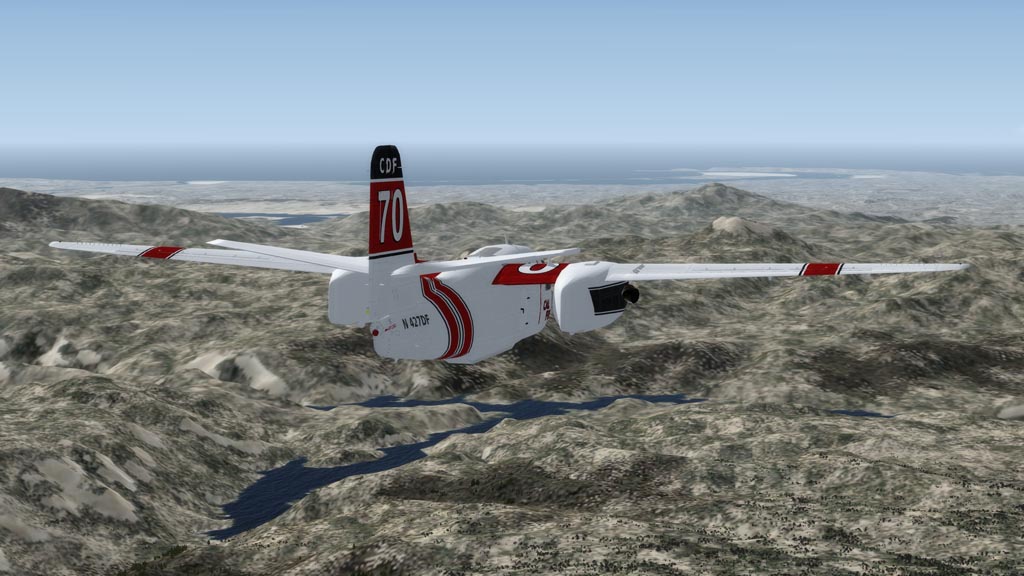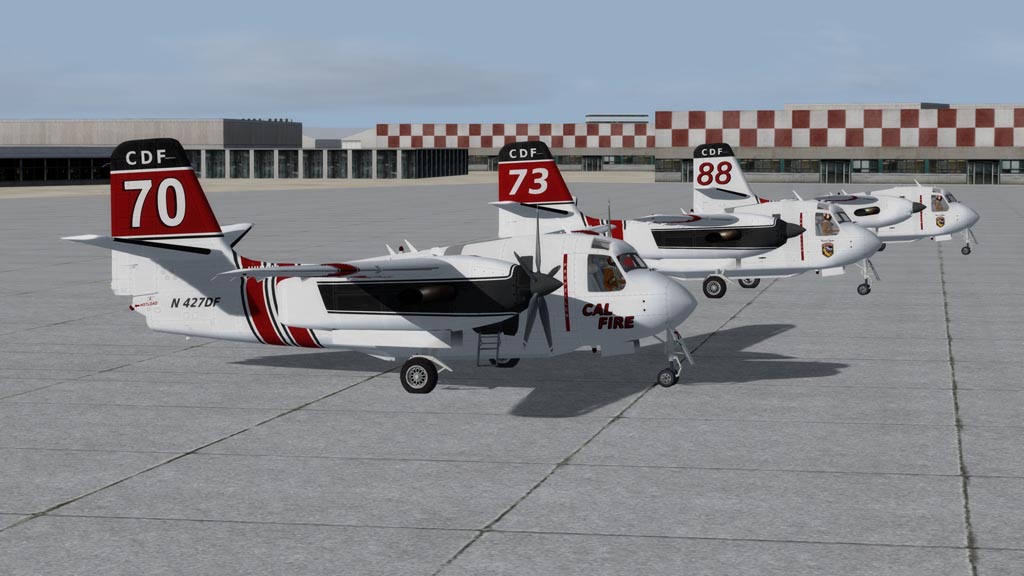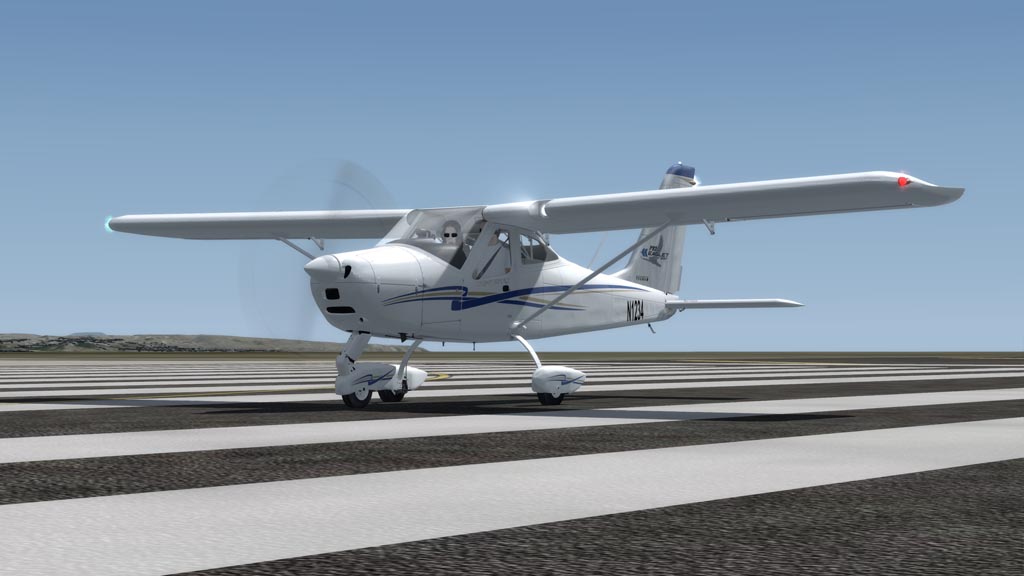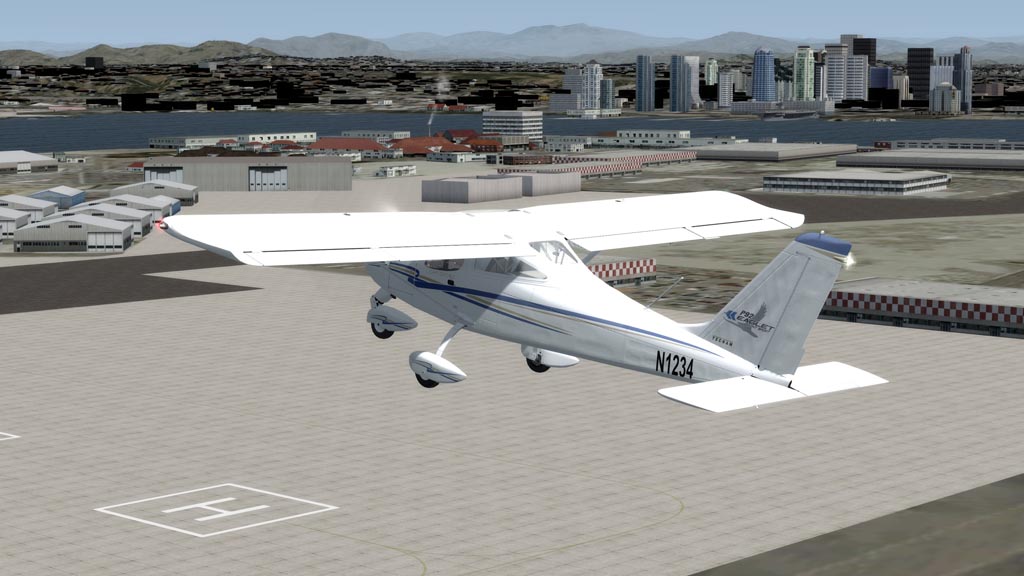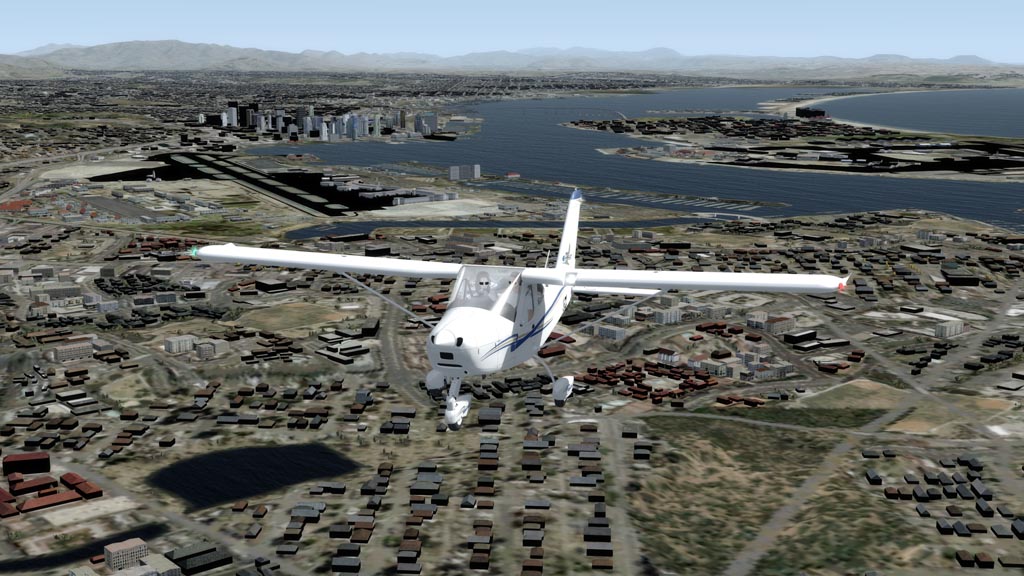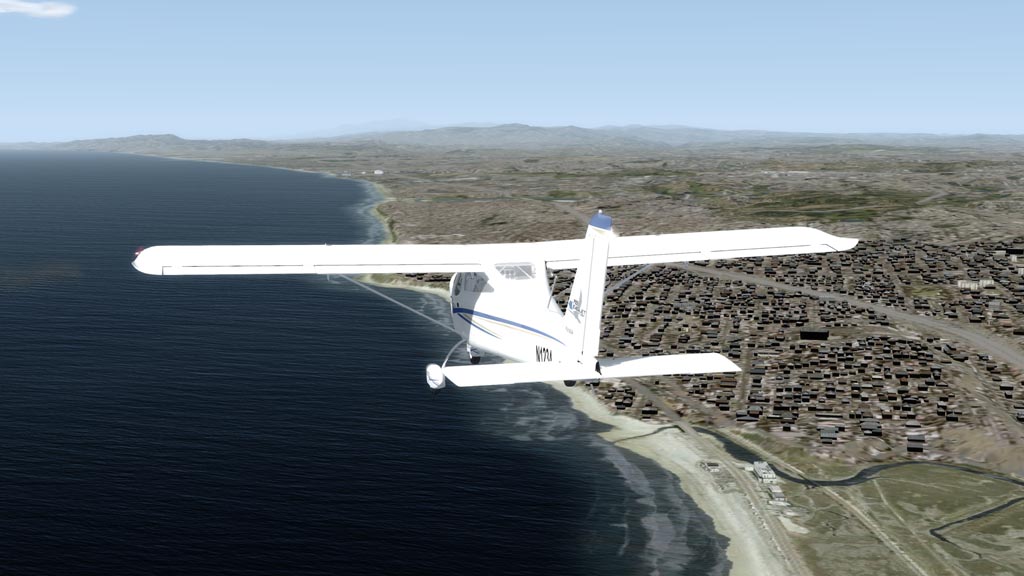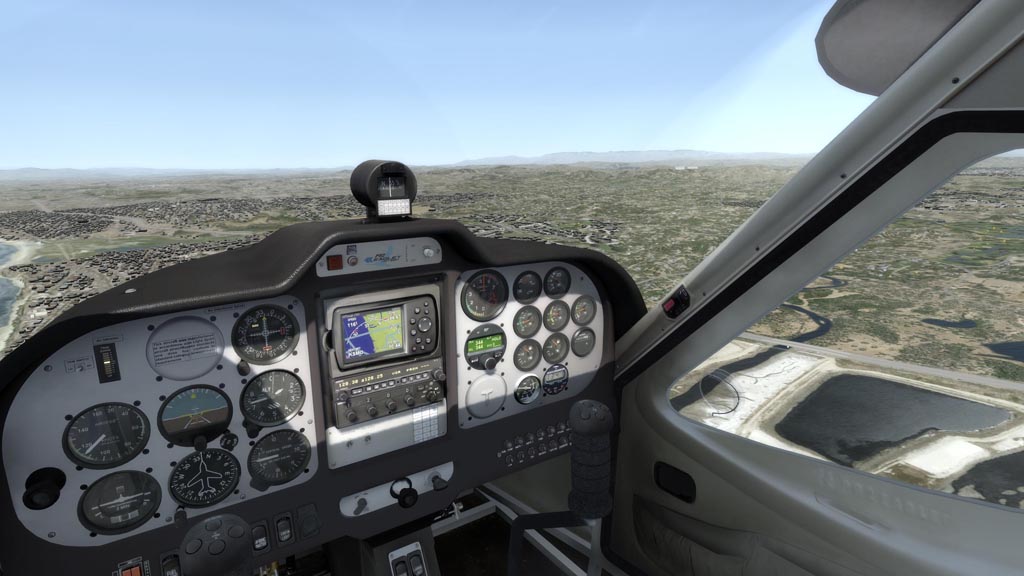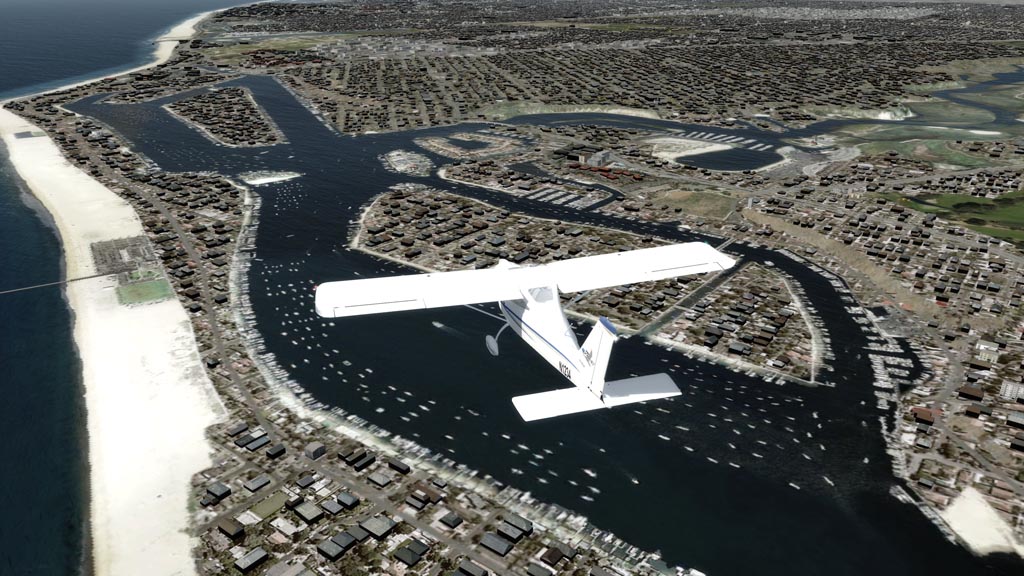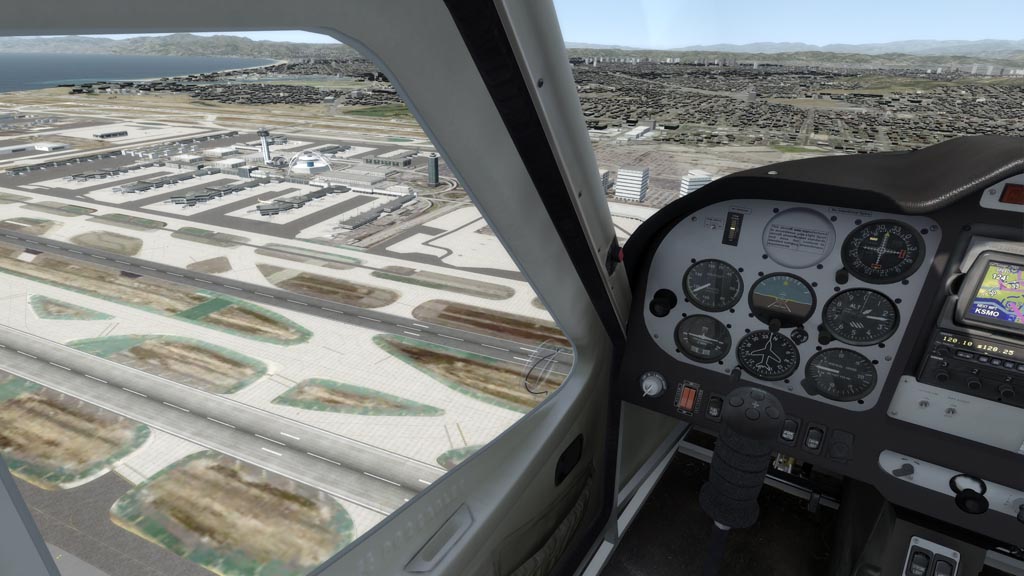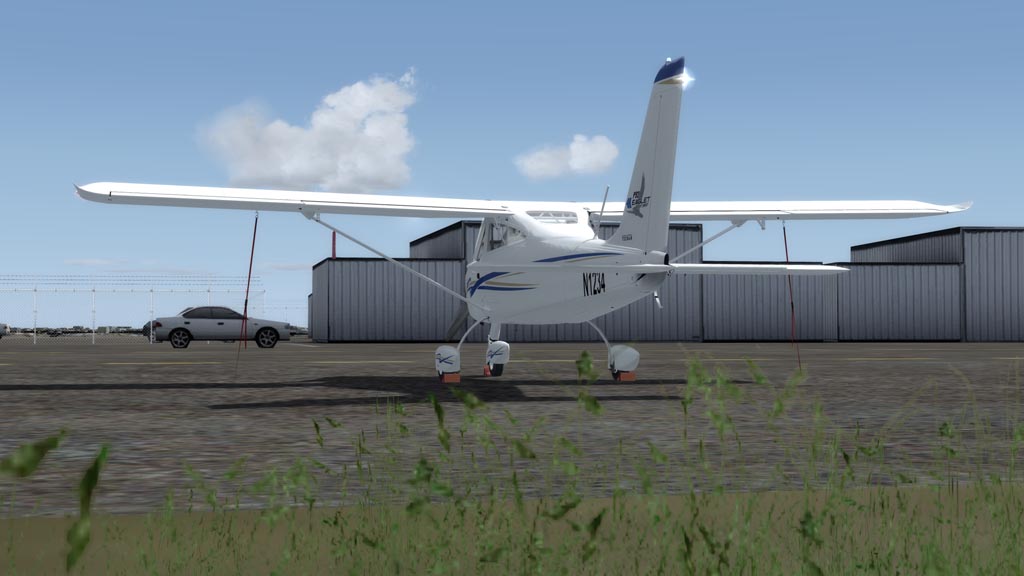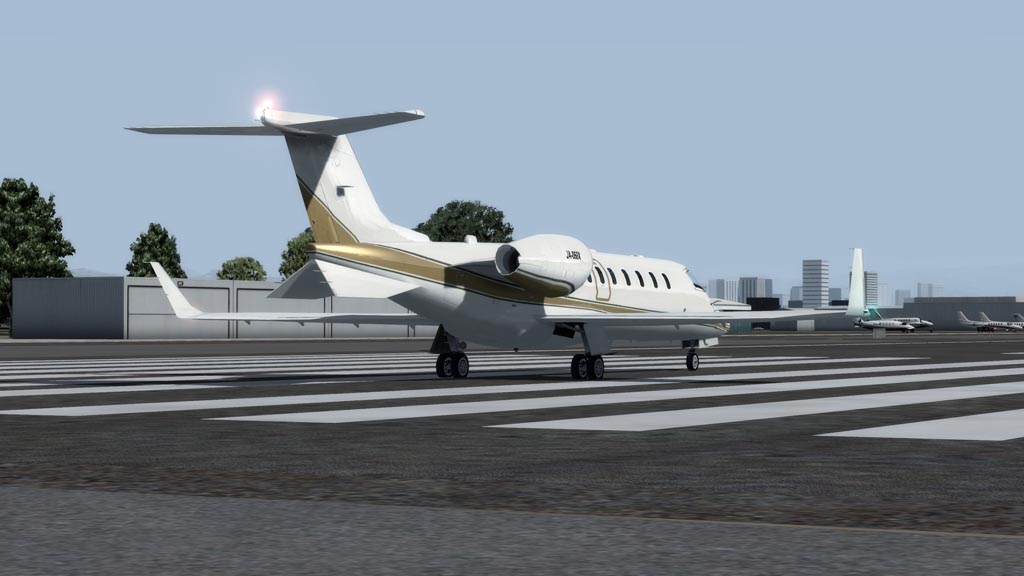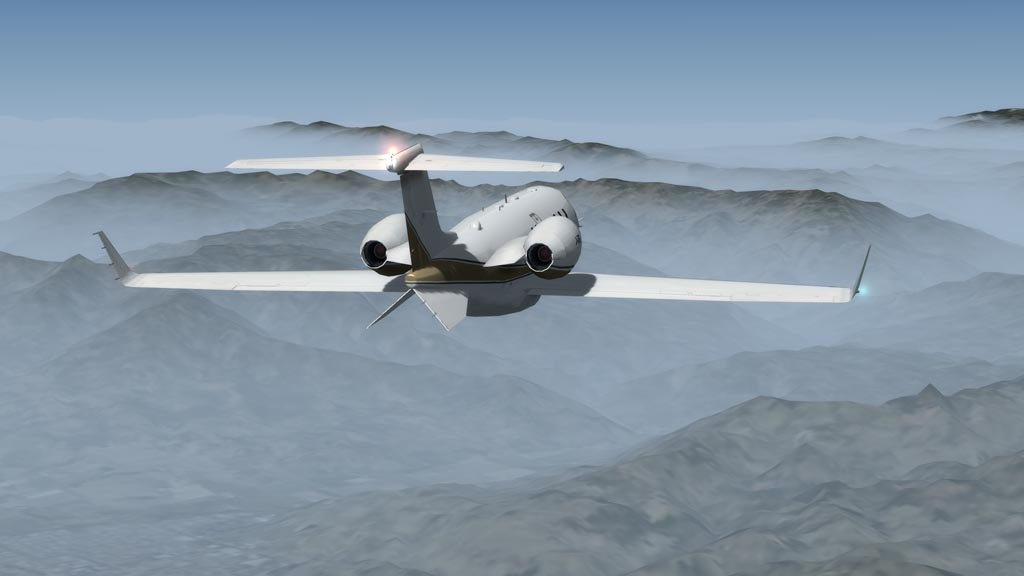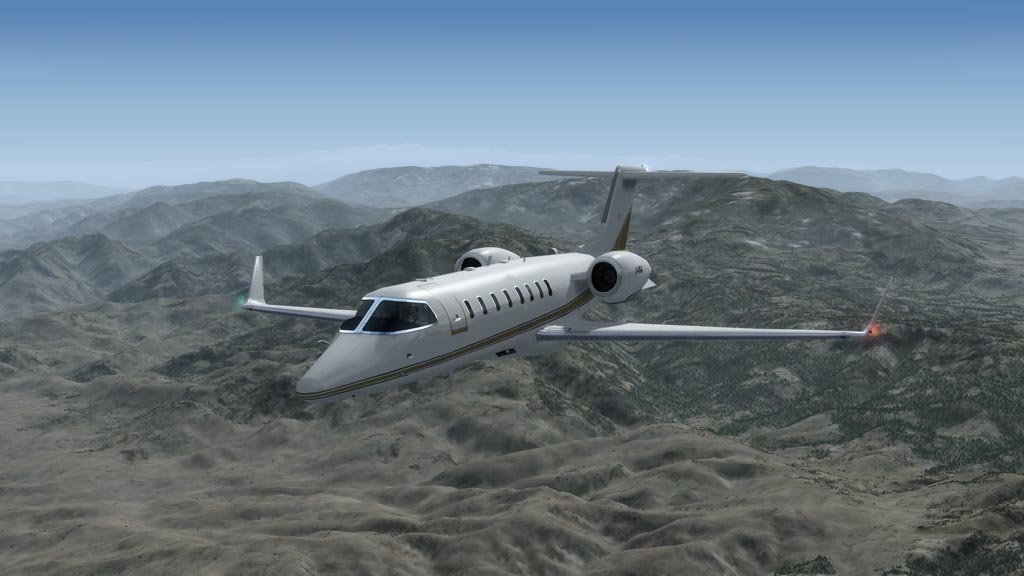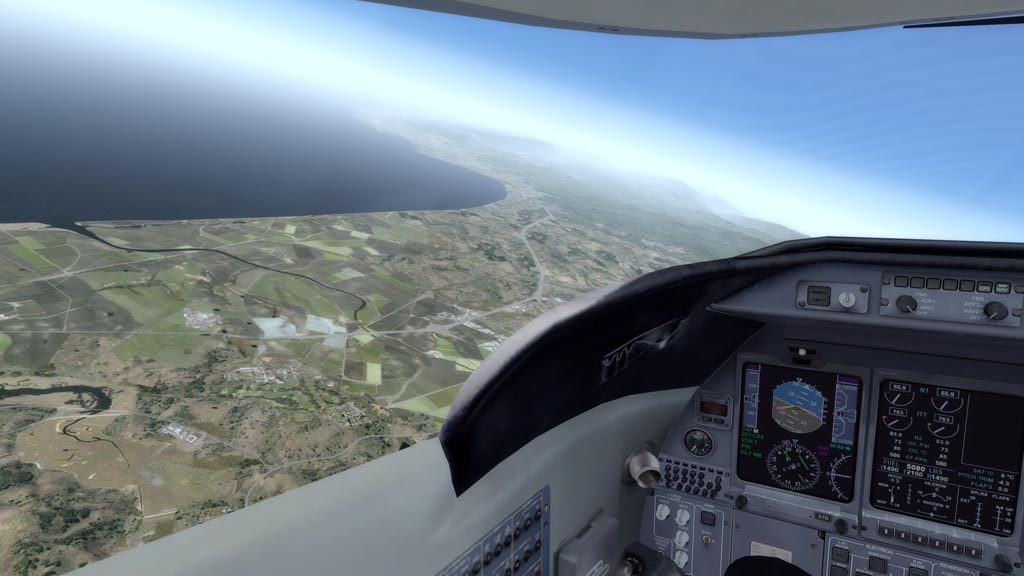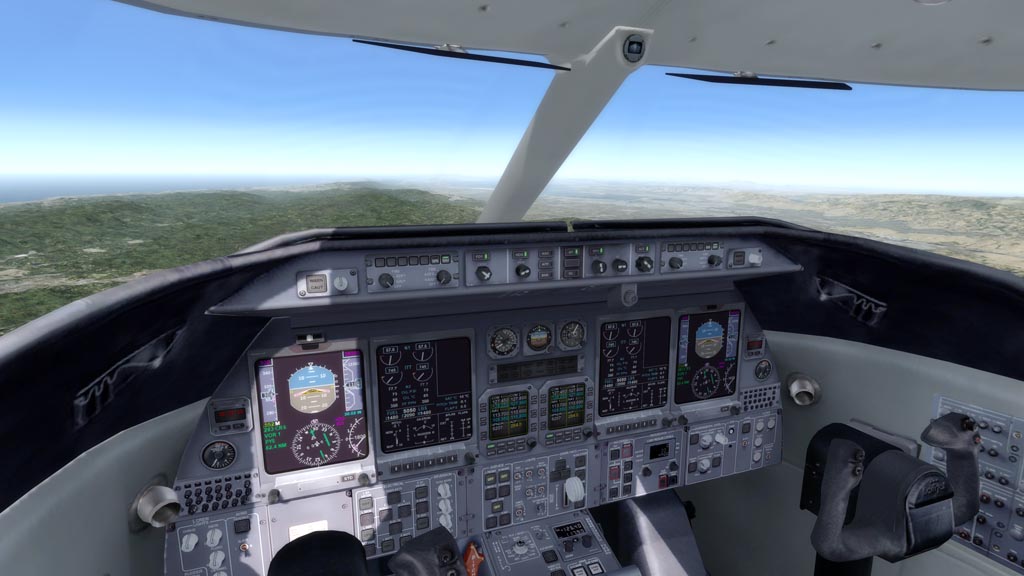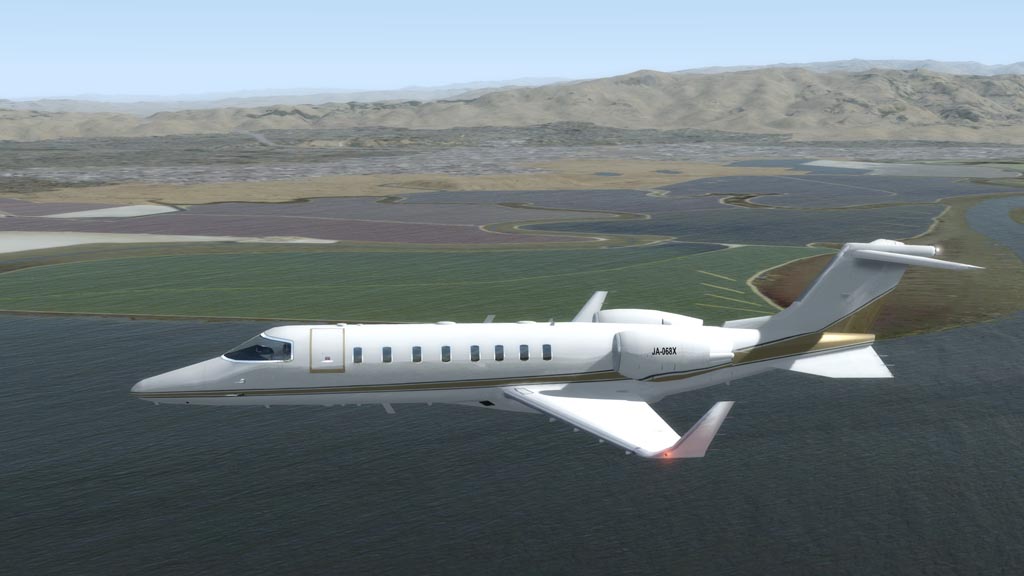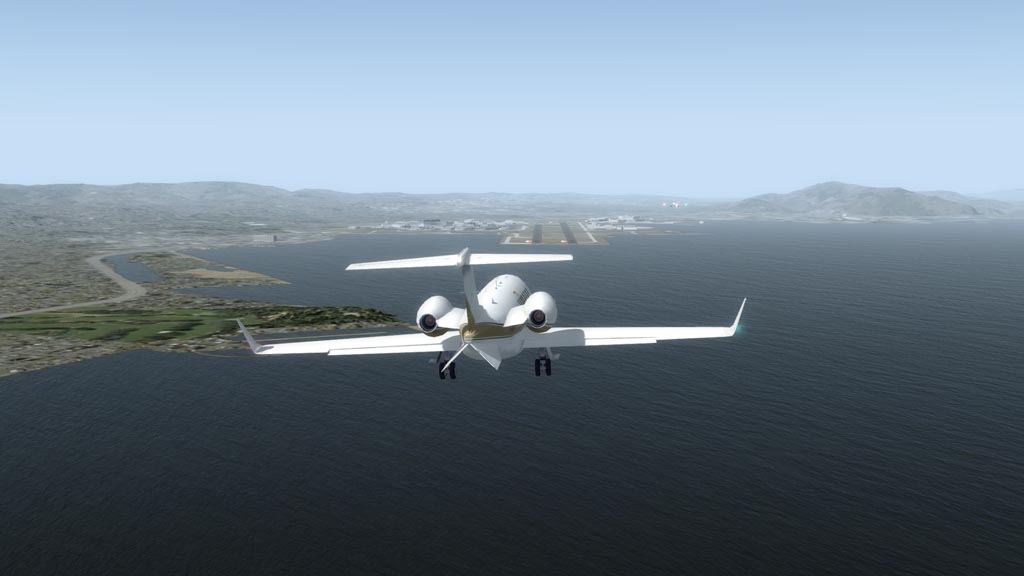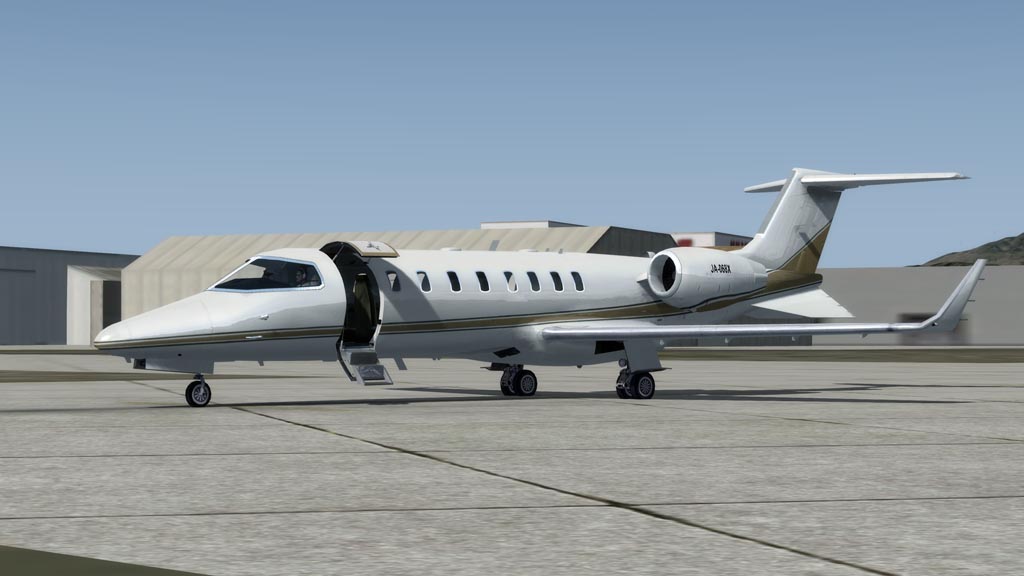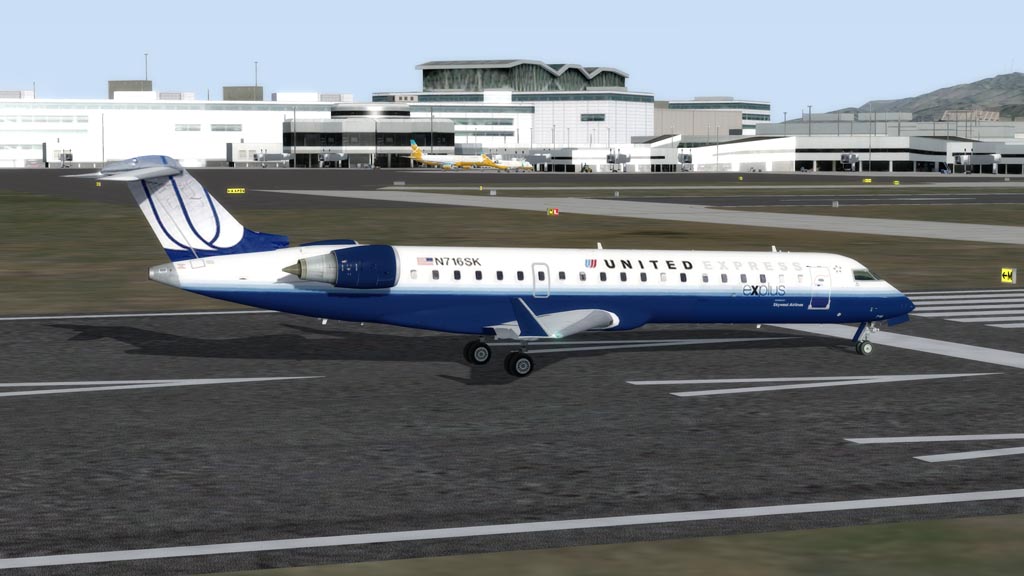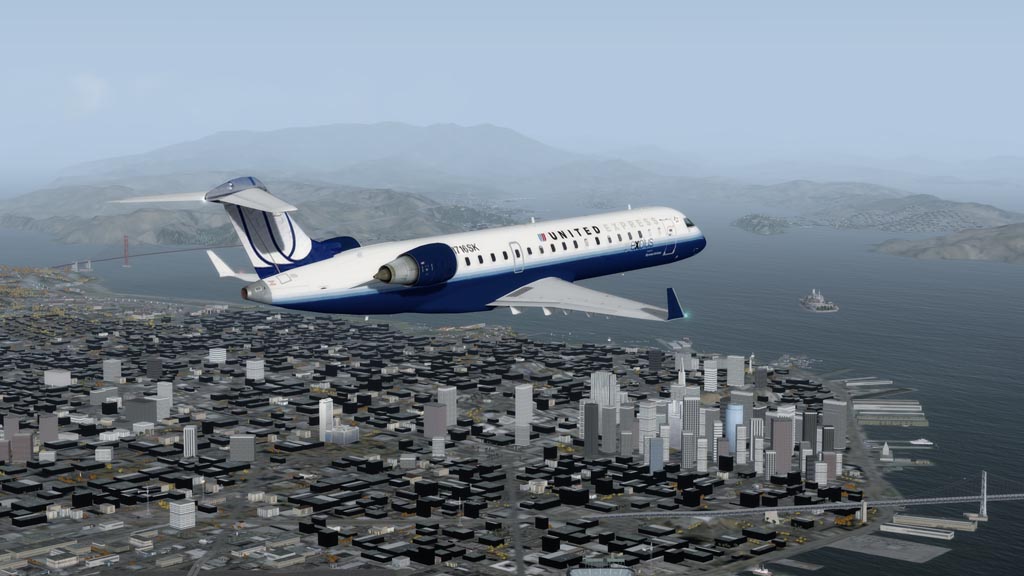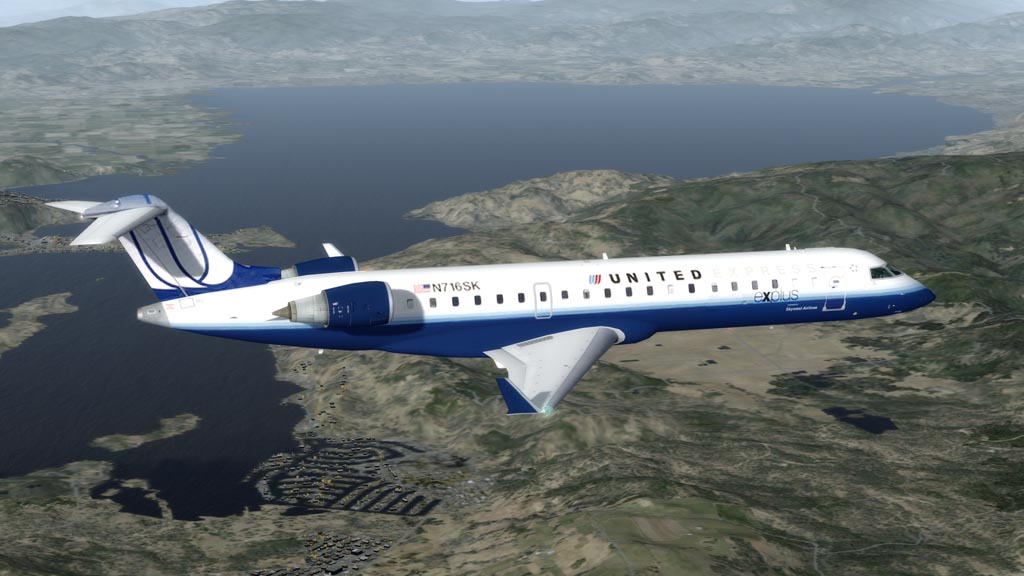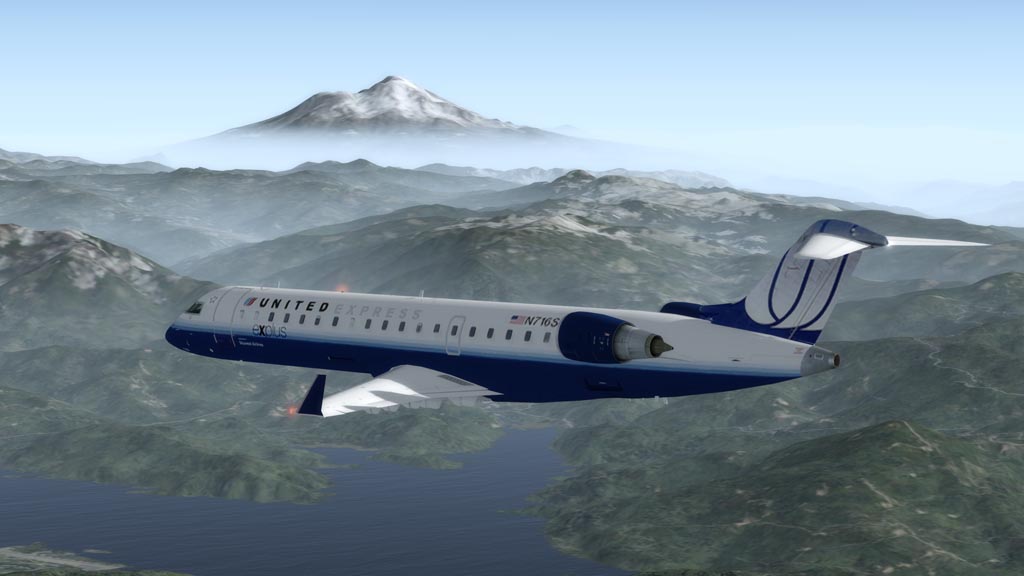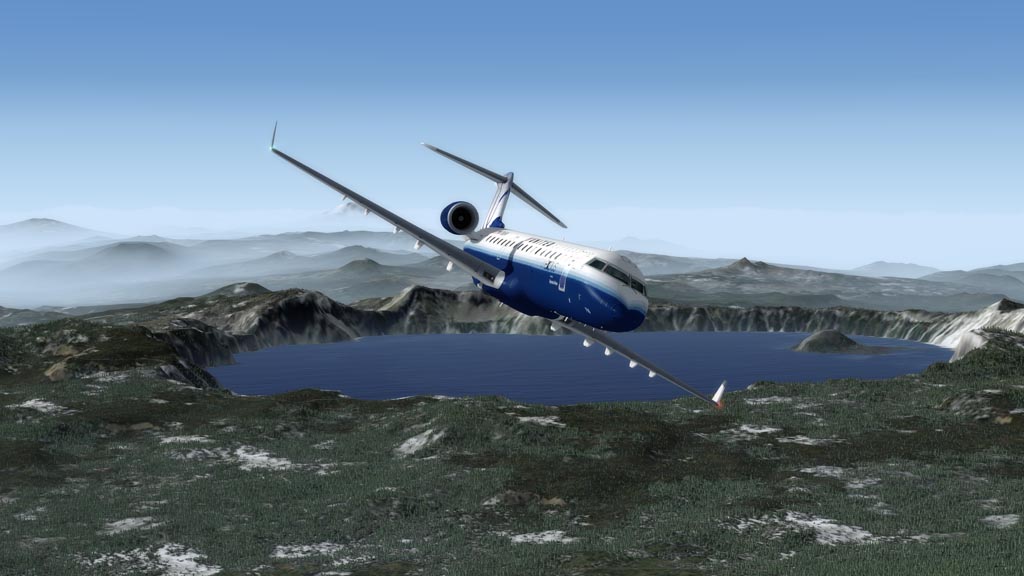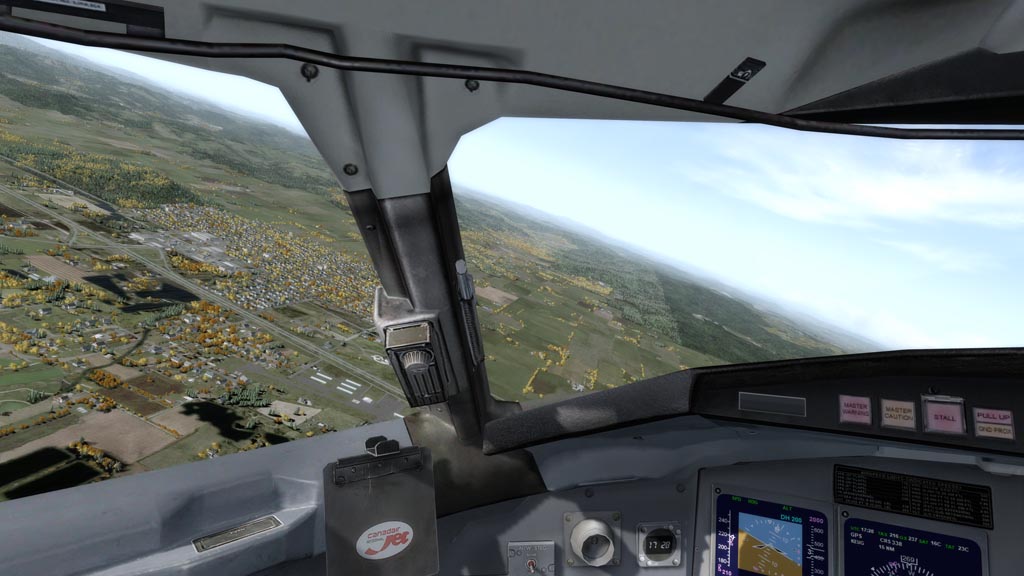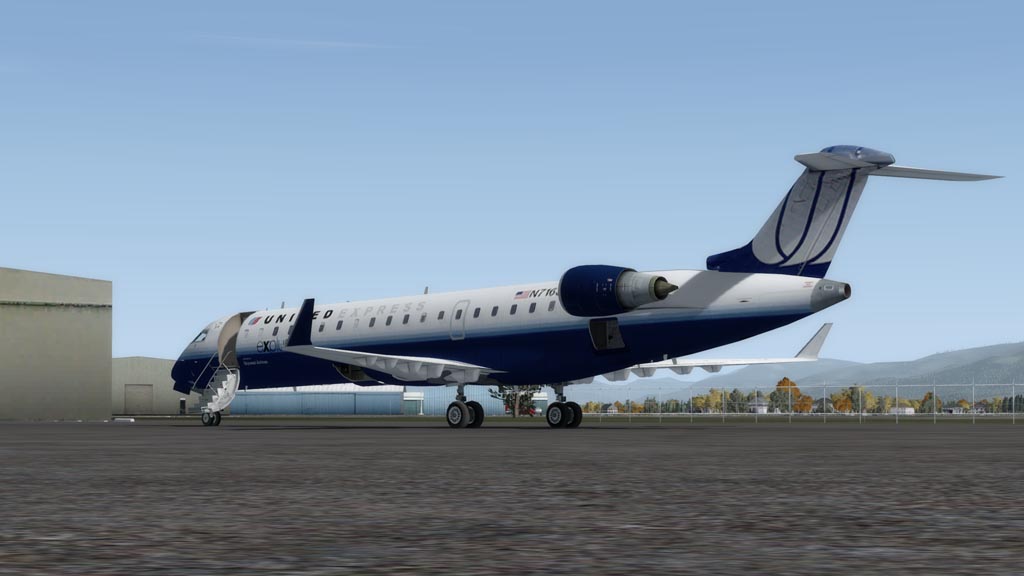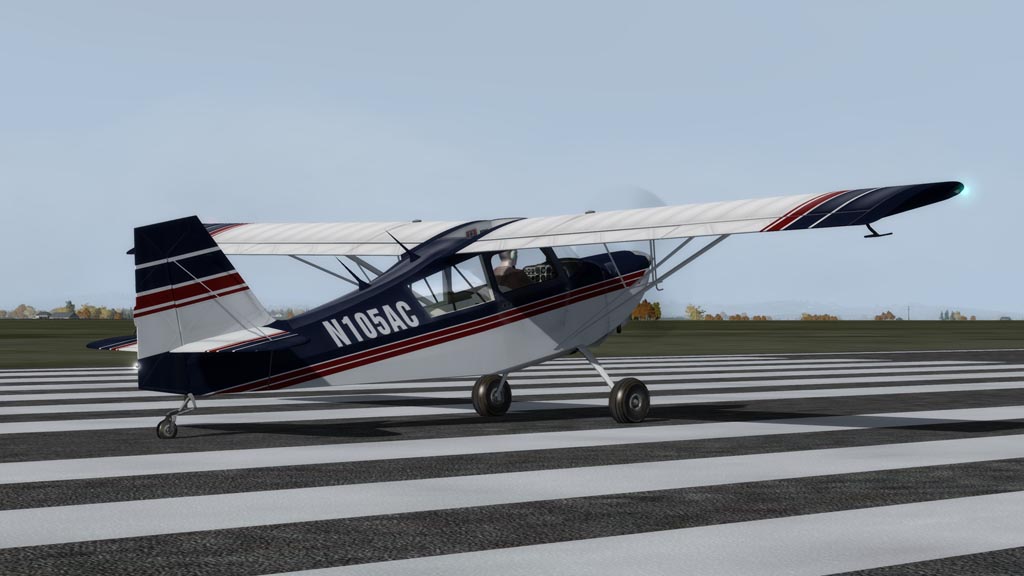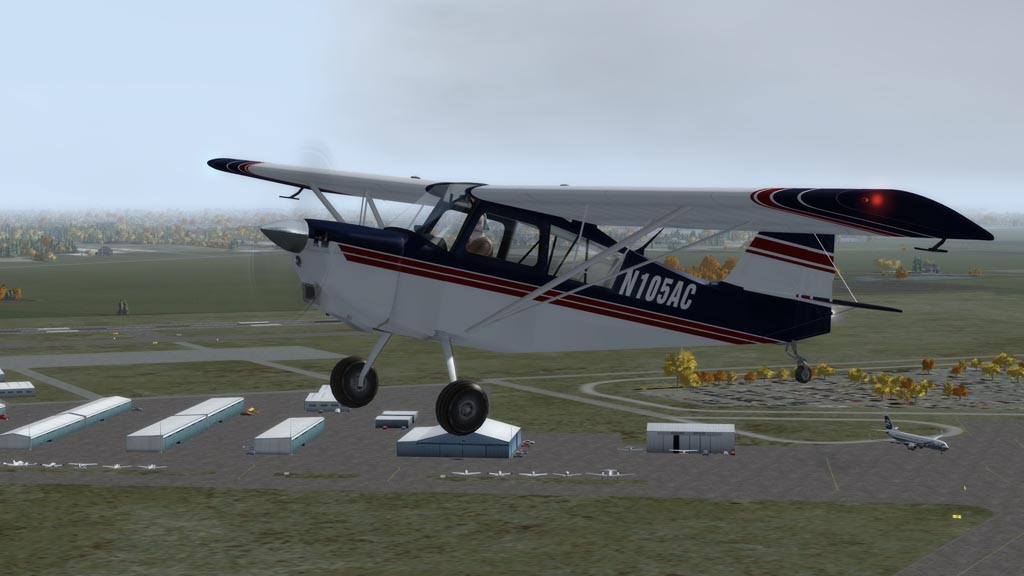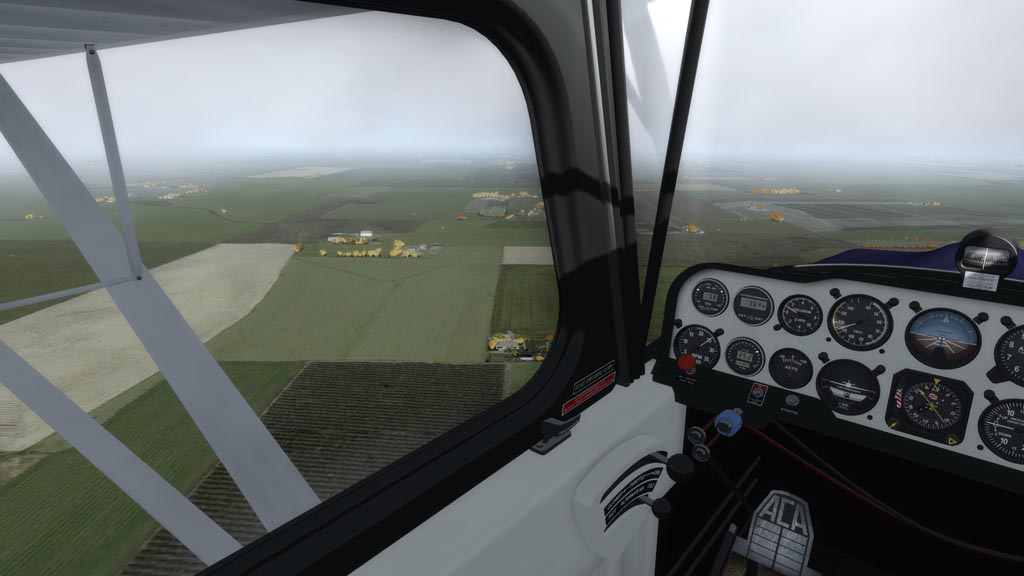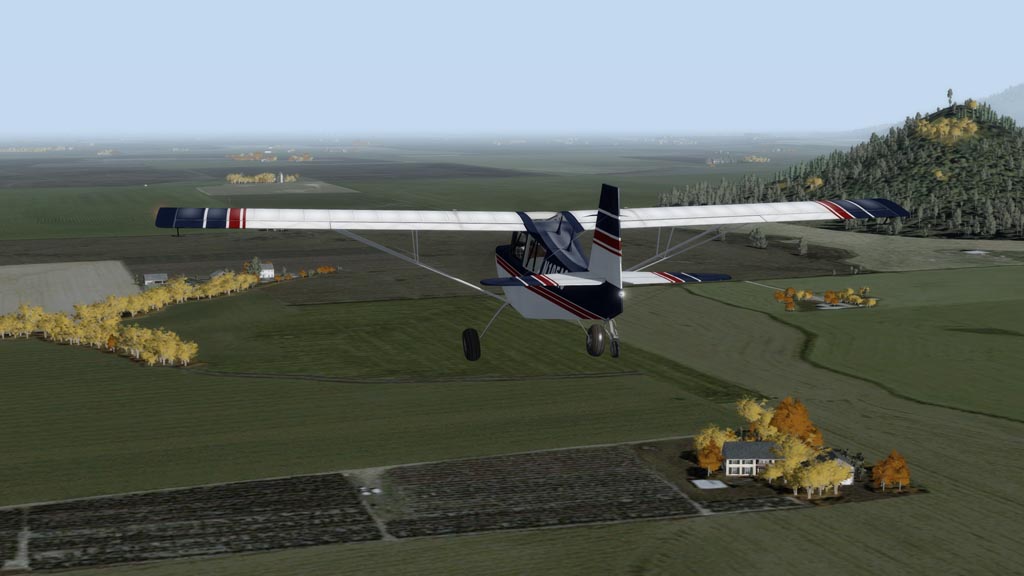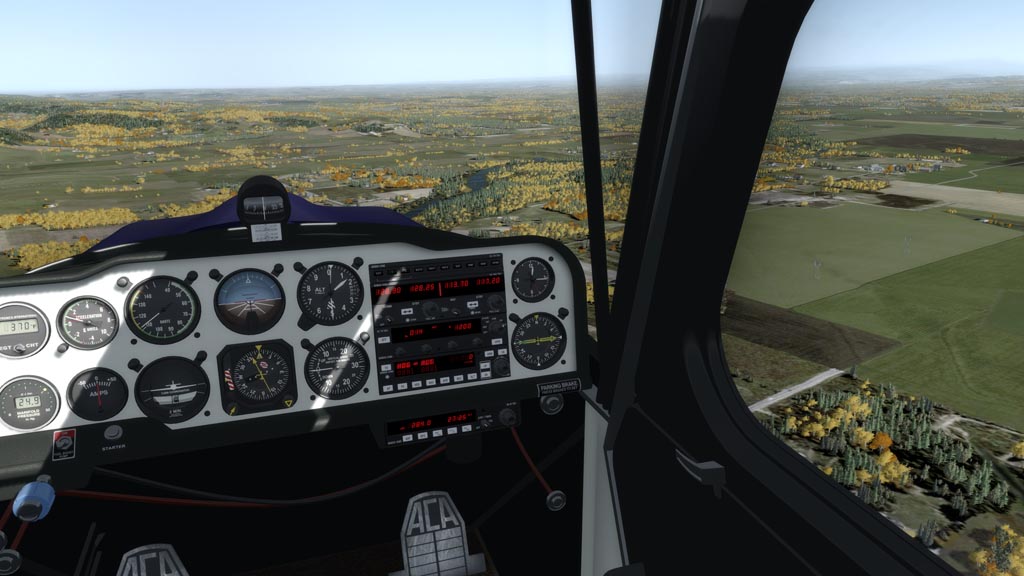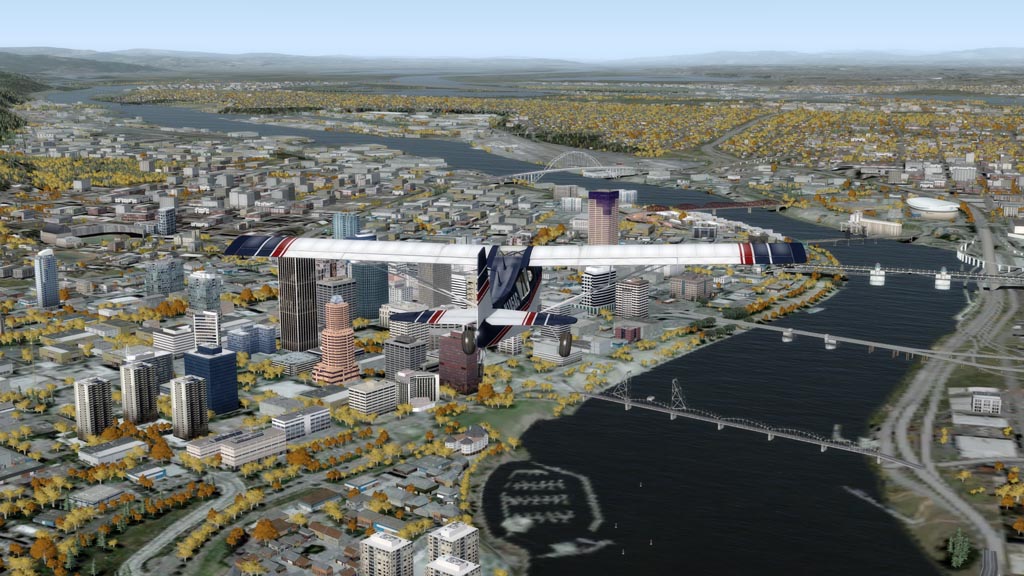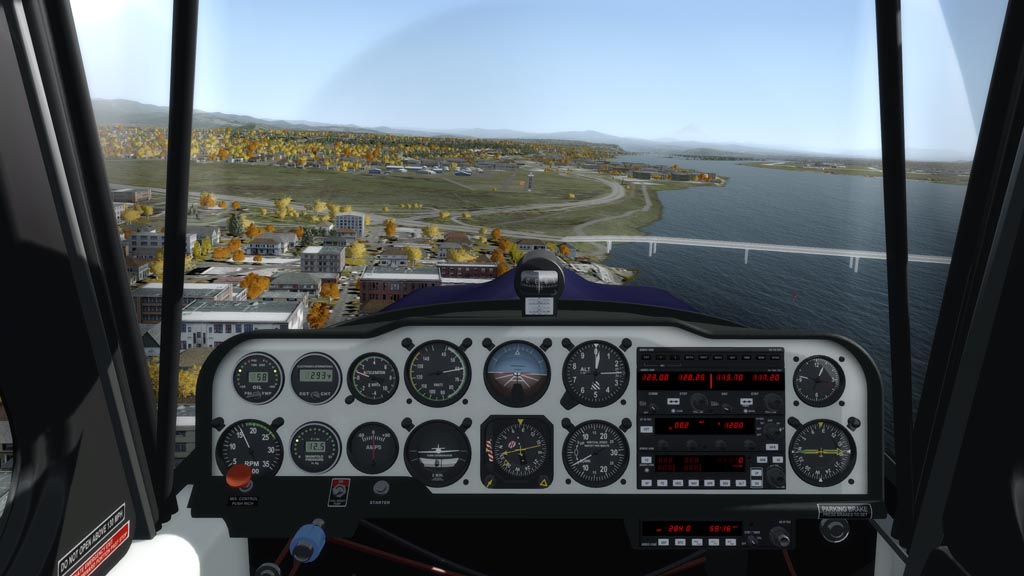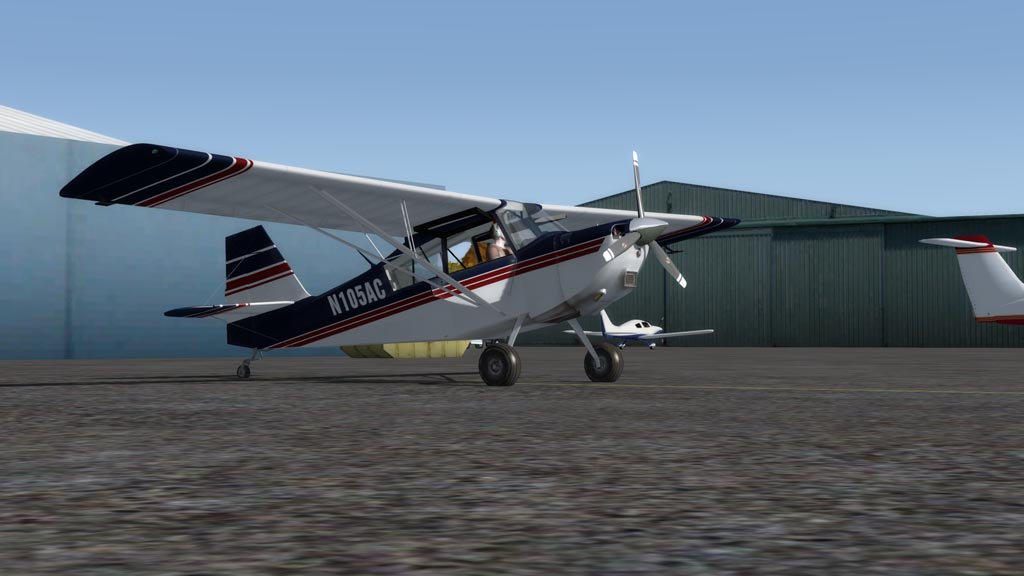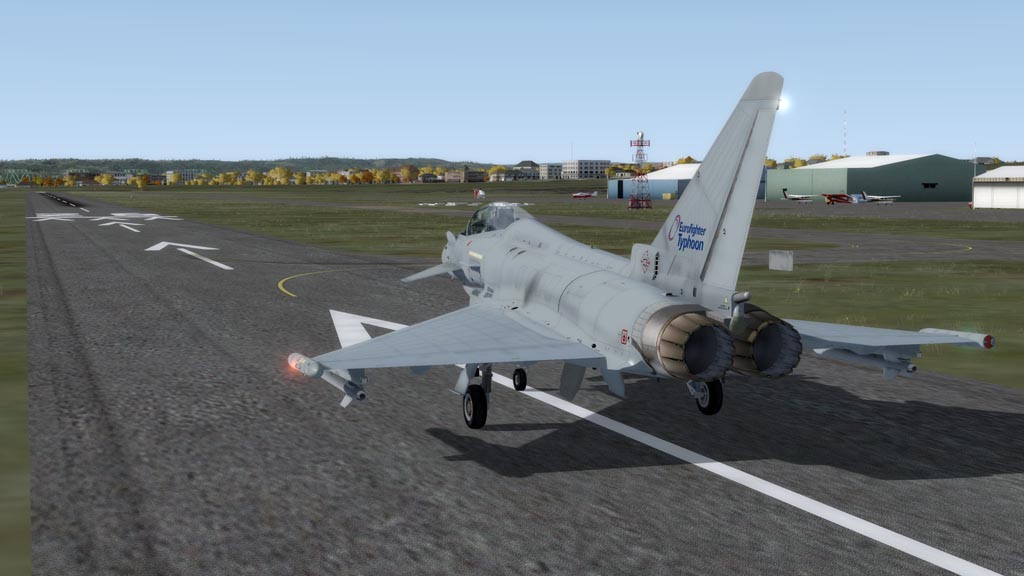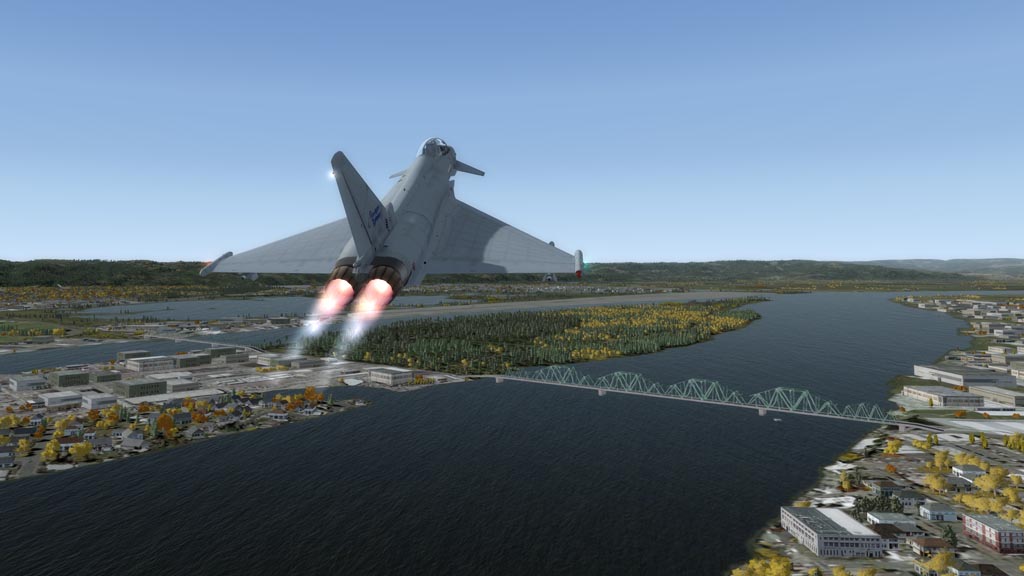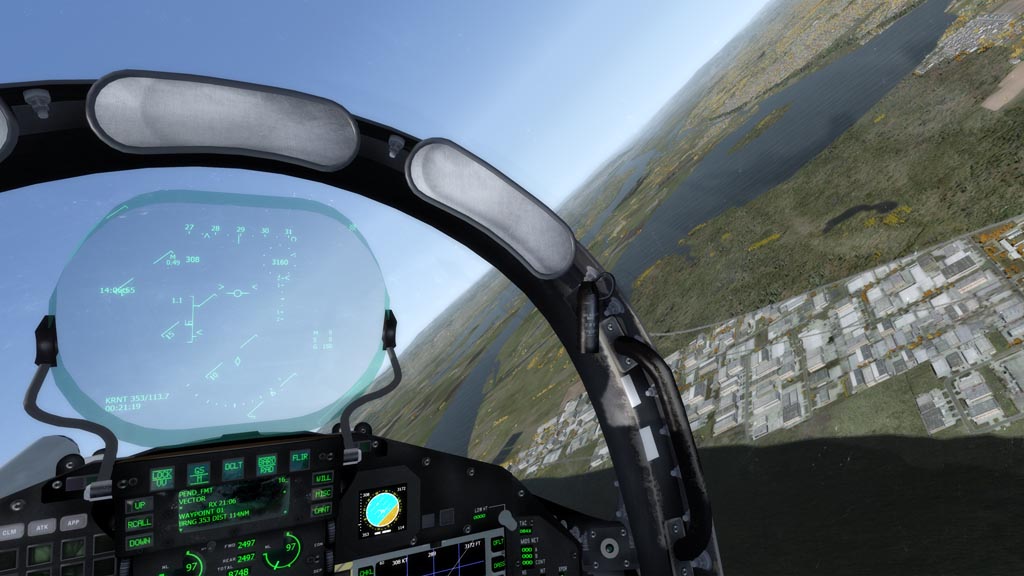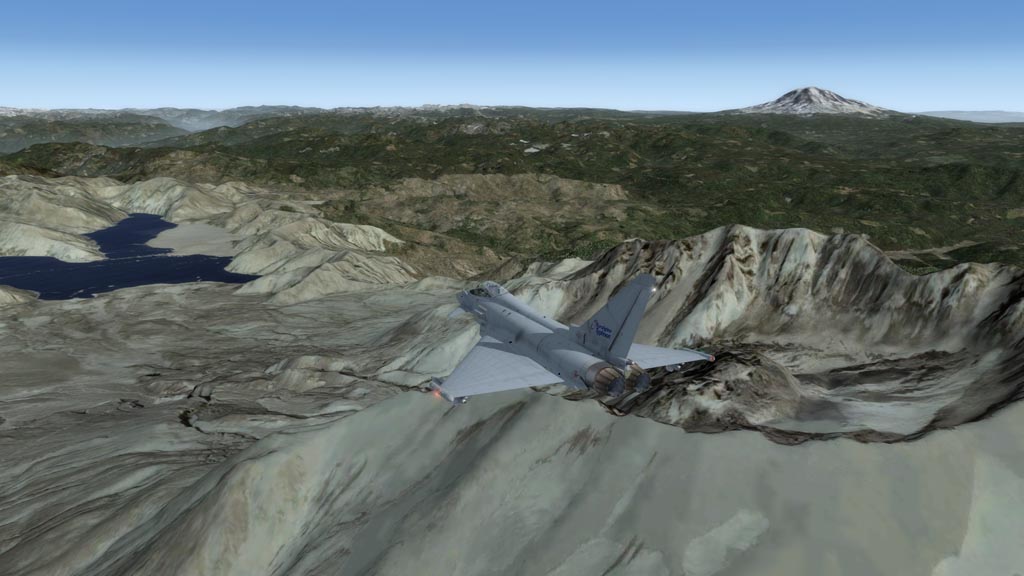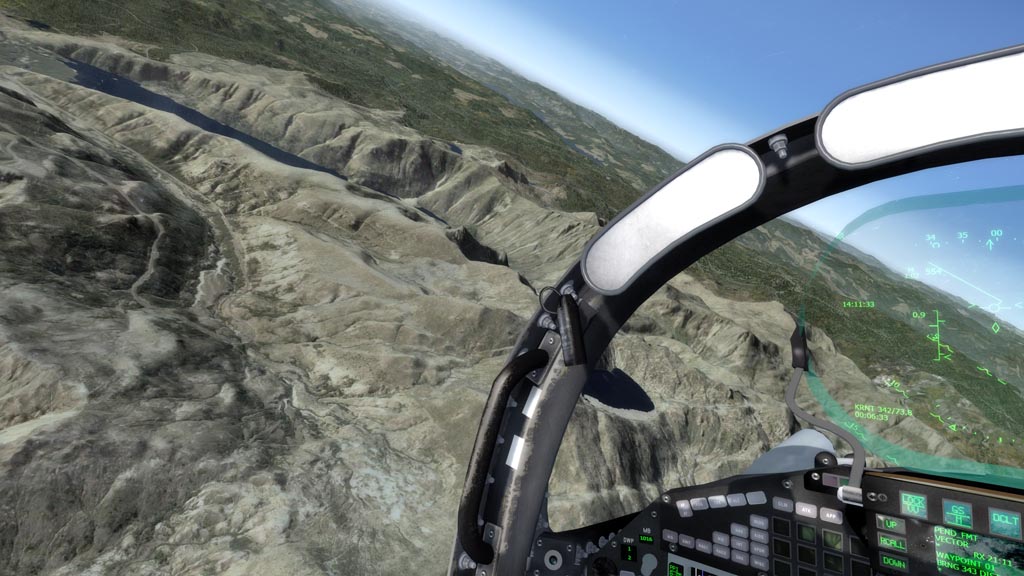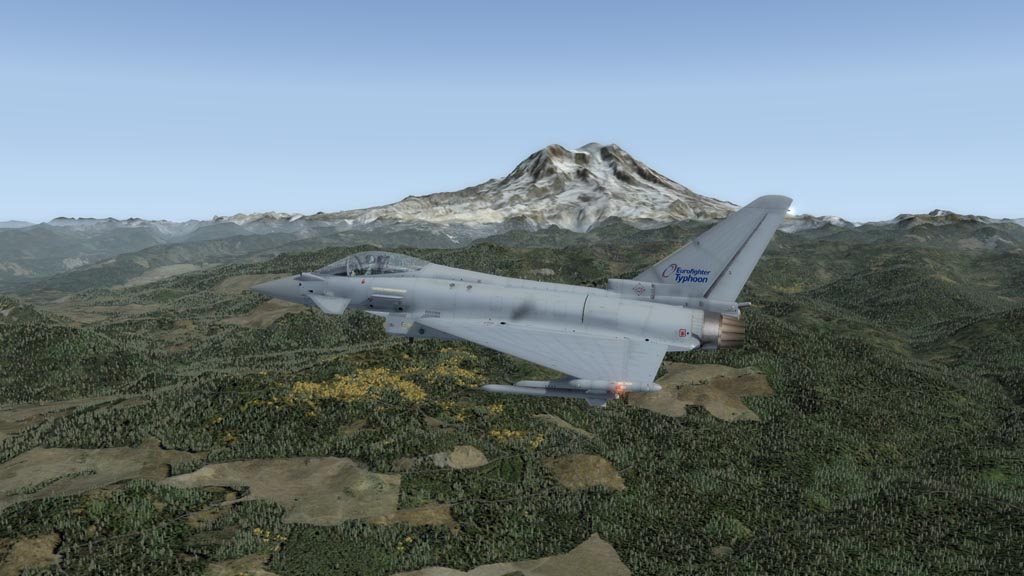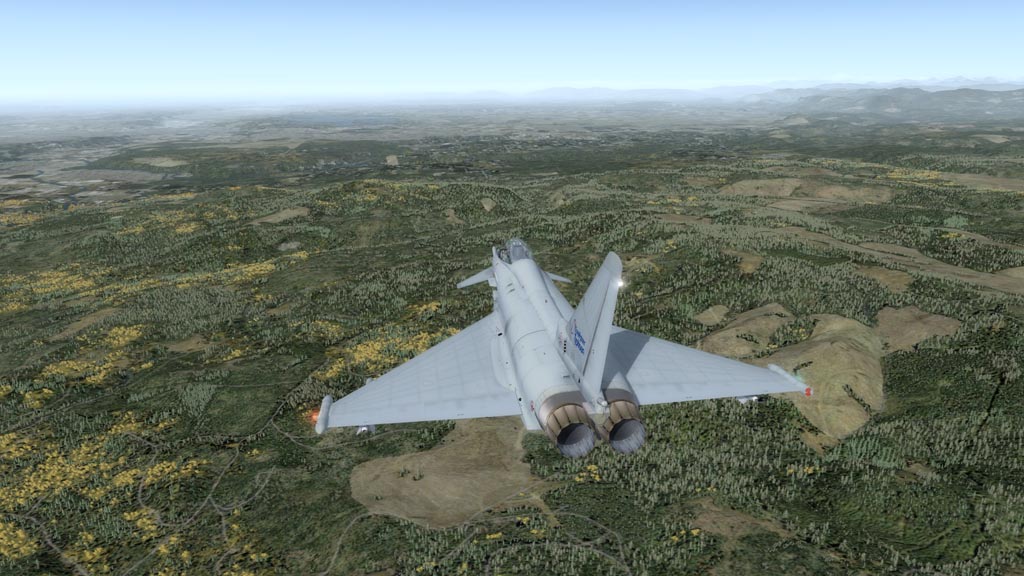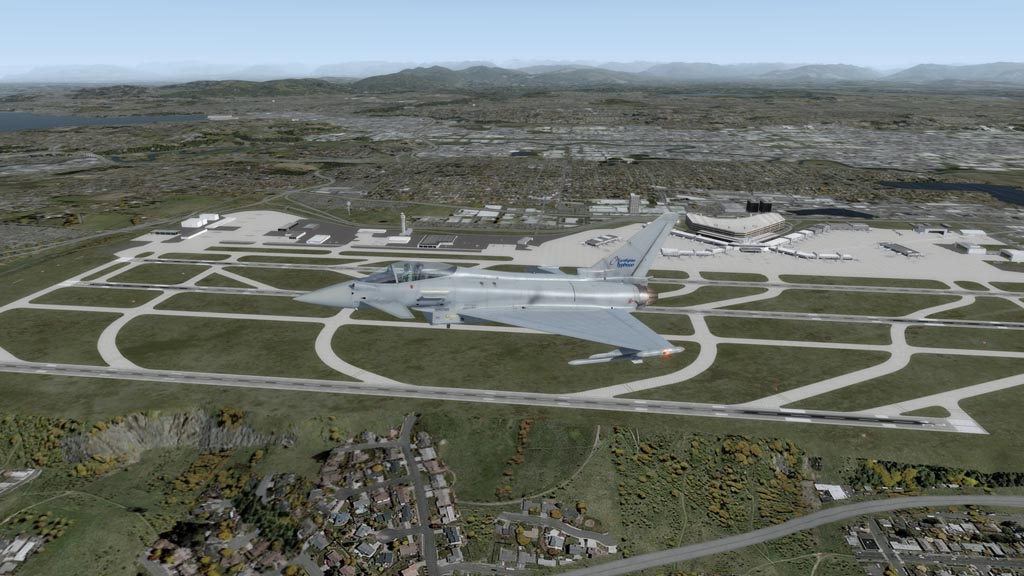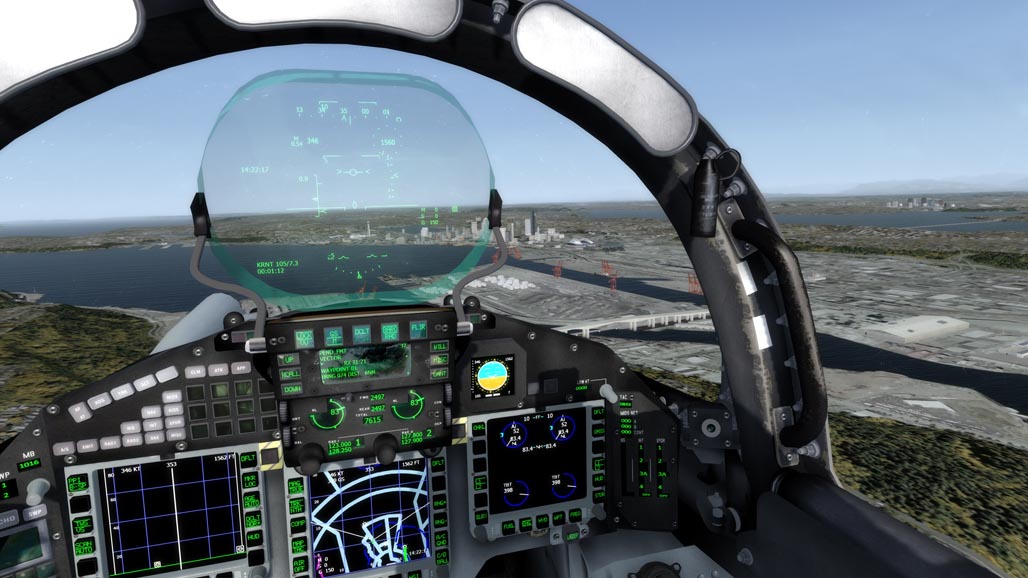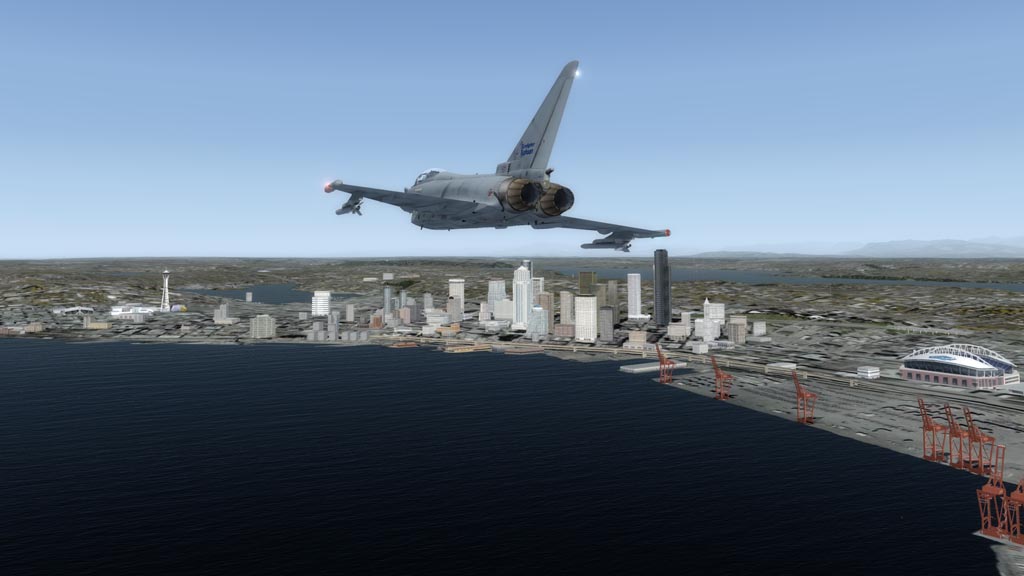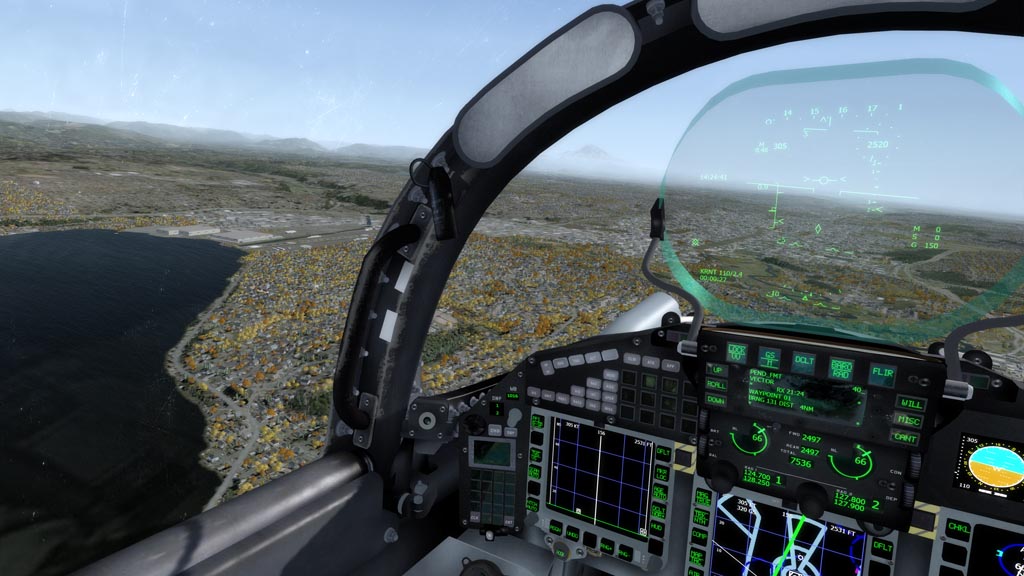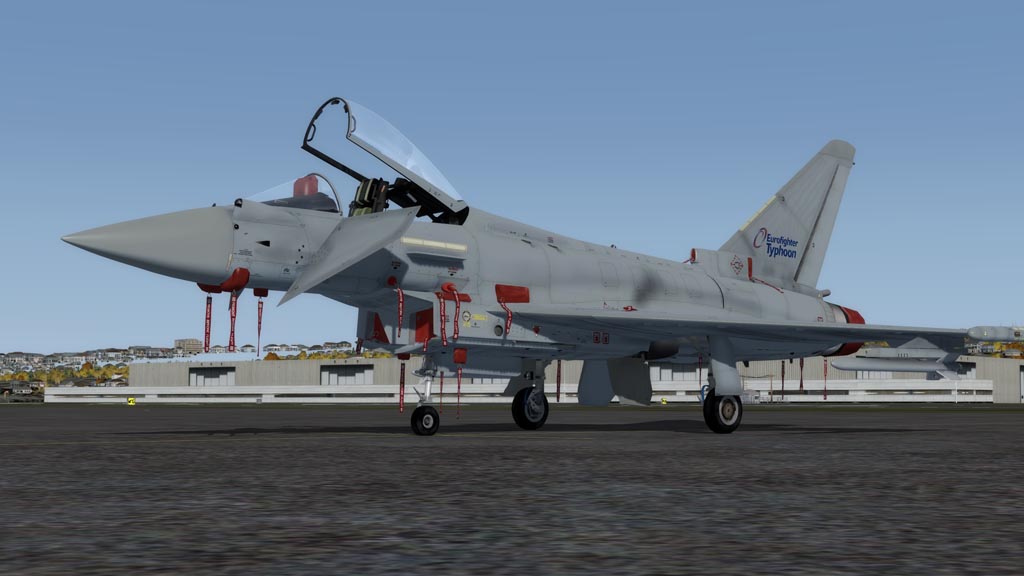September 28, 1924: The problem with Boston II’s oil pump was quickly fixed and the three planes took off in a V formation for the final leg of there great adventure. As they approached Sand Point Field they expected a crowd to welcome them but they were surprised by the size of it. An estimated 50,000 people crowded the small airport to welcome them. As they got ready to land Lt Smith had the planes form a line abreast formation so that all three would land at the same time. As they taxied to a stop at the reviewing stand where the welcoming committee waited the crowd swarmed around them and a battery of French 75’s from the 148th field artillery regiment fired a 21 gun salute. Each of the flyers was handed a telegram from President Coolidge congratulating them and apologizing for not having the legal authority to reward them the way he would like to, the first of many telegrams and letters that poured in. The celebrations would go on for several days. At one point a reporter asked Smith if he would he do it again, he replied “Not for a million dollars. Unless I was ordered to.”
The statisticians quickly went work, from Seattle to Seattle they had flown 26,345 miles, logging 363 hours of flight time with an average speed of 72.5 mph. They had used 15 engines, 14 sets of pontoons, 42 sets of wheels, nearly 27,000 gallons of gas and 2,900 gallons of oil.
October 28, 2017: Wanting something more dramatic for the last leg from Pearson Field (Originally the Vancouver Barracks field) to Renton Municipal Airport I will be flying the Eurofighter Typhoon. Introduced in 2003 the Eurofigher is used by the Air Forces of Britain, Germany, Italy, Spain and several other countries, so far at least 599 have been built. The model I am using is by Dino Cattaneo and is very nice. I had nice clear weather for the last leg. I did a pass over Mount St Helens and then into Seattle. I did a pass over downtown before finally returning to Renton Airport. My first approach was going badly so I went around and tried again, this time landing safely. The 116 nm flight had take only 25 minutes.
For my flights I used 79 different aircraft types over 90 legs. Flight hours were 149.1 over 27,397 nm with an average speed of 183 knots. I did it in 139 days, (156 if you include the initial flights from Santa Monica to Seattle) so 36 fewer days than they did, but I never had to spend time maintaining the aircraft or waiting for better weather.
Here are the pics:
Ready to go.
Climbing out of Pearson Field.
Turning north.
Flying over Mount St. Helen.

